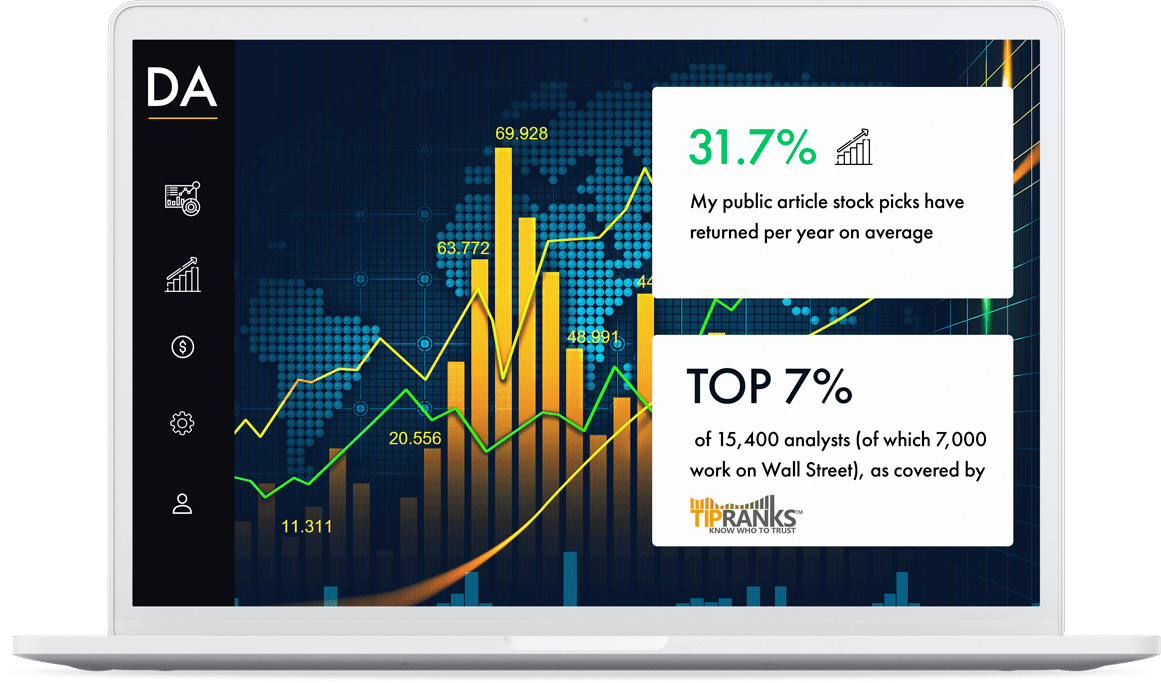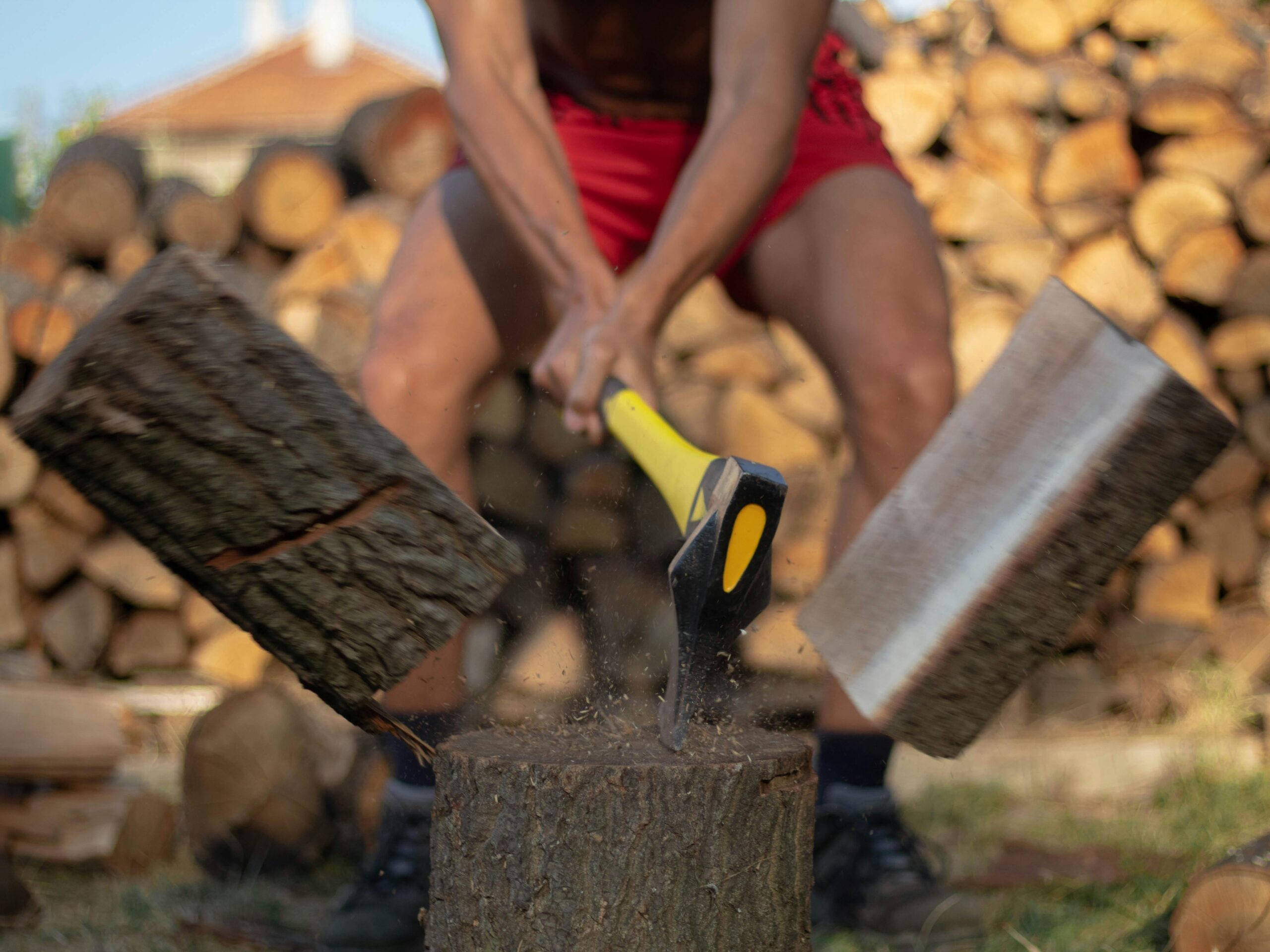The statistics of athletes finances post-retirement make for a grim reading. According to XPro, a charity for former players, a massive 60% of Premier League Footballers end up declaring bankruptcy. That is in spite of earning an average of $3.450.000 per year. Athletes in the US are not doing any better. A study conducted in 2009 found that an estimated of 60% of NBA players go broke within 5 years of finishing their sports career and a huge 78% of NFL players are facing financial troubles in just two years after retiring from football. Why do those multi-millionaire athletes go broke?
It does not matter how big the salary
It is not a secret that pro athletes make more money than the average person. However, for your future finances it does not really matter how much you make – what matters is how much you can save and invest.
An athlete making $300.000 a year but spending $275.000 is in a worse situation than another who makes “only” $120.000 but spends $60.000. Not only is the first guy worse off from a savings standpoint, he is also used to spending $275.000 a year!
As long as the checks keep rolling in from sports, that is not an immediate concern. But when the career ends, and there is no income coming in at all – he still needs to spend $480.000 to maintain his lifestyle!
Savings – no other income – inflated lifestyle = broke
The stats show that most athletes go broke in a matter of years. That might seem impossible. Surely they would have some money set aside from the playing days. But even if they have a couple of millions stuffed in their mattress, it’s not gonna last long.
Because most are used to a certain lifestyle and have no other streams of income. Going back to our first example, the athlete used to spending $275.000 per year. Even if he has a cool $2.000.000 saved up for retirement, it would take him just over 7 years to go through his savings if he keeps up the lifestyle he is used to. After that he would have nothing, but would be used to a certain lifestyle that is no longer affordable.
Investing for passive income
There is a quote I like by an active NFL player, Patriots rookie Joejuan Williams. He said he’d rather “live like a prince for the rest of my life than live like a king for my NFL career.”
That is exactly what this blog is all about.
Let’s go back to the example of the second athlete. He makes $120.000 per year and spends $60.000. He is not cutting out his daily Starbucks or living with 3 other dudes in a basement. In the vast majority of places in the world, you can live a very comfortable life with that amount of money.
But more important, then saving the $60.000 , is what he does with it.
He invests it for passive income.
Readers of this blog know that my preferred ways of investing for passive income are dividend growth stocks and REITs. Our fictional athlete follows the same path.
That athlete yearly invests that $60.000 into those cash-generating investments for the duration of his 11 year career. He aims for 4% yielding stocks/REITs that are growing their dividends by 5% per year. Using that strategy, if those investments deliver the expected return – he would receive close to the $60.000 mark in passive income by the time he retires. That covers the lifestyle that he is accustomed to and he does not have to spend any of his savings ( they would have amounted to almost $900.000 even if stock prices would stay flat for the duration)
The best part of this – if those dividends keep increasing by 5% every year, his income would double in 15 years. And he would not have to lift a finger to achieve that.
*The calculations for dividend income were made in the Investopedia Dividend Calculator.
My plan to retire wealthy from professional sports
A few years ago I started to worry about what my financial situation would be like in retirement. Especially with so many athletes going broke, and me having no previous work experience outside my sport. As I educated myself on different types of investments, I found that investing for passive income was the best way to go for me personally as a professional athlete. Since then, I am regularly investing in dividend growth stocks and REITs to have a steady source of passive income in retirement. If you are interested in seeing my personal portfolio, you can check it out here.









